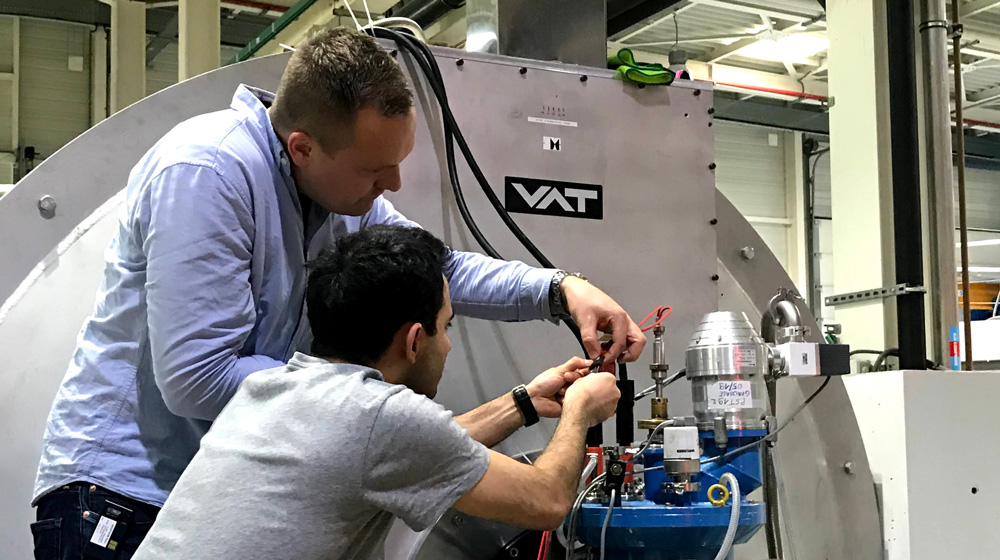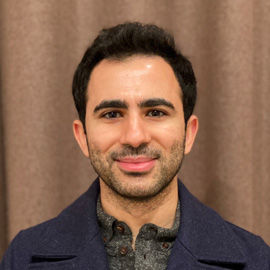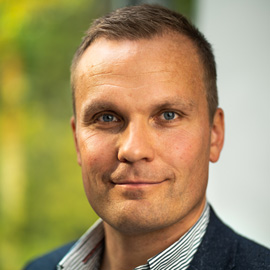Neutron and X-ray competence spinned off

More and more companies want to use neutrons and synchotron X-rays to develop materials, but not all have the in-house know-how and capacity for doing it. Former KTH PhD student Ahmet Bahadir Yildiz and KTH researcher Peter Hedström started Scatterin to solve that issue.
A February evening in 2020 KTH researchers Ahmet Bahadir Yildiz and Peter Hedström left Institut Laue–Langevin (ILL) after starting a new experiment in the beamline. Together with their colleaguse, they had a lovely French dinner and discussed the results of the day. They started discussing that even though many organisations seemed to be interested in analyzing materials in the large scale infrastructures, they often didn’t have the capacity to do it. Maybe they could offer their services outside of KTH to companies and research institutes.

That was the starting point for Scatterin – a company the two partners have run together since a year back.
“Many companies don’t have the in-house capability to use the advancedneutron and synchrotron X-ray facilities, like those at ILL and DESY,” Ahmet says. “Since Peter and I have significant experience in the field, we wanted to offer our services as an agile player in the ecosystem”.
With help from KTH Innovation, the two researchers rolled out the company in 2021, with Ahmet as CEO and Peter as CSO. Now they offer services to industrial companies, academia and research institutes in measurement and analysisat several large-scale research infrastructures for materials and process development purposes. They have also developed a software for efficient data analysis.
For instance, they now collaborate with a global industrial partner. In that specific project, they simulate service conditions for components and do in-situ experiments to understand the structural evolution during operation.

“In our recent work, we did experiments at 1600 °C that enabled us to see the unknown mechanism of phase formation”, Peter explains. “This still puzzles us. Such challenging experiments are among the most interesting parts of our job.”
The two partners believe that interest in applying neutron and synchrotron X-ray techniques for materials and process development will continue to increase, because of their clear benefits in certain cases. They try to innovate continuously in the field and launch new products – e.g. recently a new methodology for routine analysis in quality control is being prepared for offering to the market.
And when they occasionally disagree on something they do like they used to do when Ahmet was Peter’s PhD student:
“We solve it with discussions”, Ahmet says. “But all in all we enjoy our journey and working together”.
Read more on the Scatterin website
Text: Ulrika Georgsson
